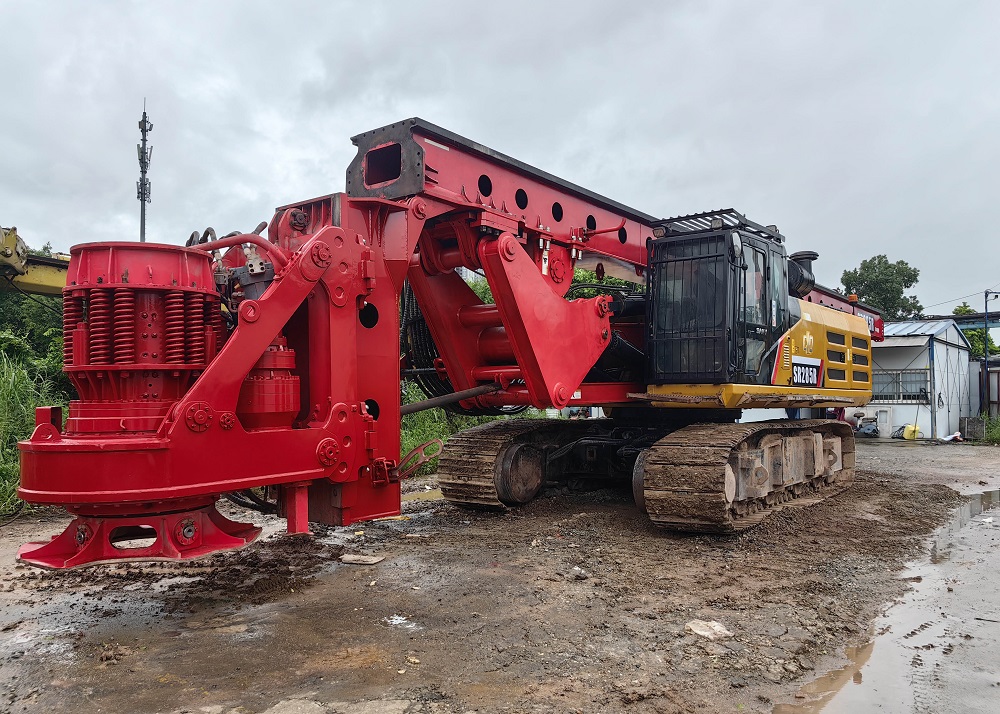Kelly bars on rotary drilling rigs generally come in two types: locking kelly bars and friction kelly bars. Understanding the distinctions between these two types is essential. Let’s explore the characteristics of locking and friction kelly bars.

Differences Between Locking and Friction Kelly Bars
It’s relatively easy to differentiate between the two.
- Locking kelly bars typically have pressure points, while friction kelly bars do not
- Additionally, the drilling depth capacity of friction kelly bars is greater than that of locking kelly bars
For instance, take the example of the sunward 360 rotary drilling rig. When equipped with friction kelly bars, it can drill to a depth of 102 meters, whereas with locking kelly bars, it can only reach a depth of 66 meters.
Characteristics of Locking and Friction Kelly Bars
Locking kelly bars feature pressure ridges on the kelly bar sections. The powerhead can apply pressure to the kelly bar through these ridges, allowing it to drill through harder formations such as rock layers. However, these bars are generally used for relatively shallower drilling. Their unlocking mechanism can slow down the operation, and they require a certain level of skill from the equipment operator.
On the other hand, friction kelly bars lack locking grooves on the outer walls of each kelly bar section. These bars are suitable for drilling in softer soil conditions. One of the advantages of friction kelly bars is their ability to drill to greater depths. Moreover, since they don’t require unlocking during the lifting process, they tend to offer higher operational efficiency.

In conclusion, the choice between locking and friction kelly bars depends on the specific drilling requirements and soil conditions. Locking kelly bars excel in harder formations but are best suited for shallower drilling, whereas friction kelly bars are ideal for deeper drilling in softer soil and offer greater operational efficiency due to their unlocking mechanism.
Post time: Sep-15-2023





